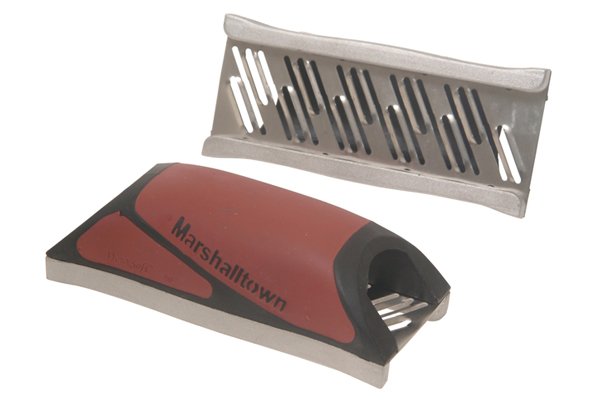Pocket rasp |
||||
 |
These rasps are shorter than other designs and, as their name suggests, they are made to fit easily in a pocket. |
Pocket rasp |
||||
 |
These rasps are shorter than other designs and, as their name suggests, they are made to fit easily in a pocket. |